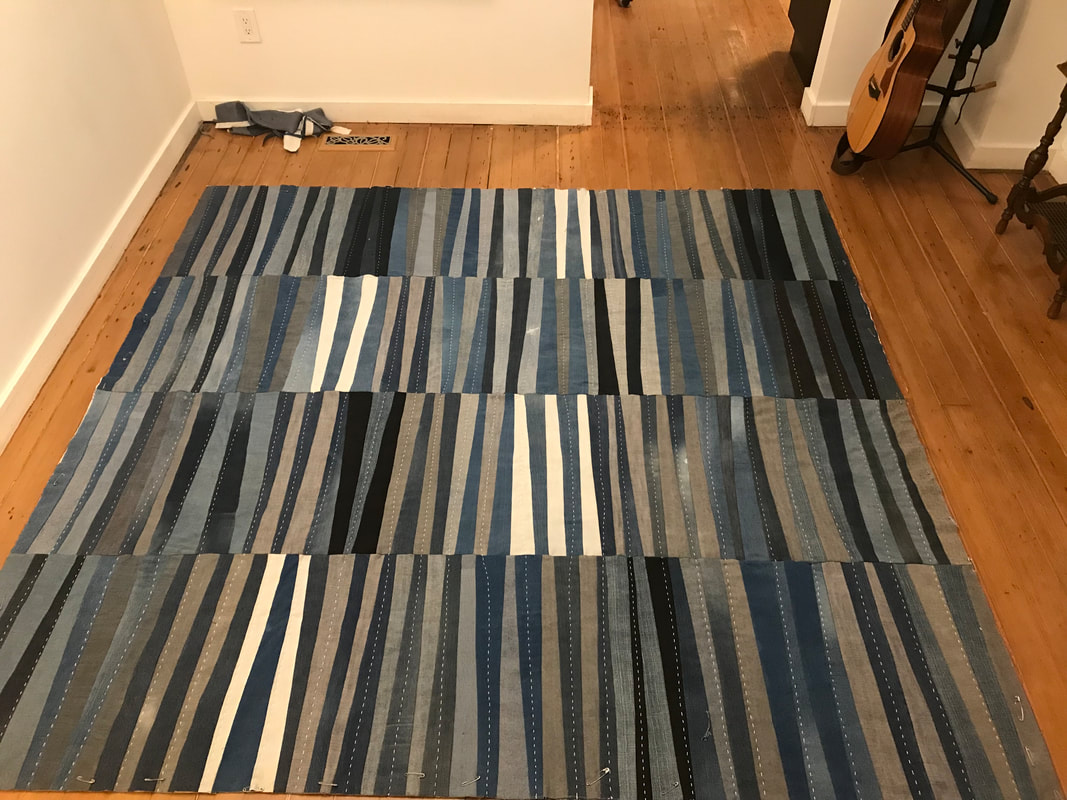“The place to improve the world is first in one’s own heart and head and hands, and then work outward from there.”
-- Robert M. Pirsig, Zen and the Art of Motorcycle Maintenance
When my nerves are frayed and it feels like the social fabric is unravelling I feel the urge to amend the situation, often by actual mending.
These hands do much less flailing when they're taking up loose ends, making something out of nothing anybody wants or repairing the damaged, discarded and disregarded. But the pandemic has hit hard and for the first time in ages, I am compelled to fall back on something cozy and familiar, for the body — any body — in need. I need to make a big ol' quilt.
Even as the fleeting thought was bonking around my distracted, pandemic-disturbed brain I worried I was regressing. Are a dozen queen-sized quilts — each a barely-passed test of my patience and endurance — not enough for one lifetime? Have I gone circular?
This (and much more) mental pummelling has manifested in the not-yet-completed "Current Conditions" quilt, a weighted blanket in a bluesy palette and undulating pattern of strips of discarded, freely available jeans. Too thick and heavy to wrestle through my vintage Pfaff, I've taken a page from the Japanese traditional "boro" method and hand-stitched long waves of white cotton sashiko thread through the layers of denim, cotton batting and denim whole-cloth backing.
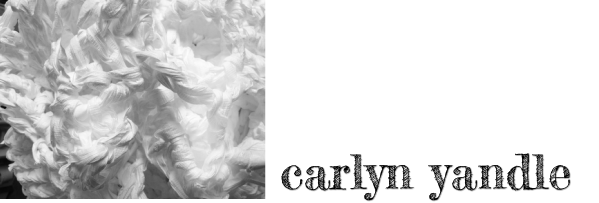
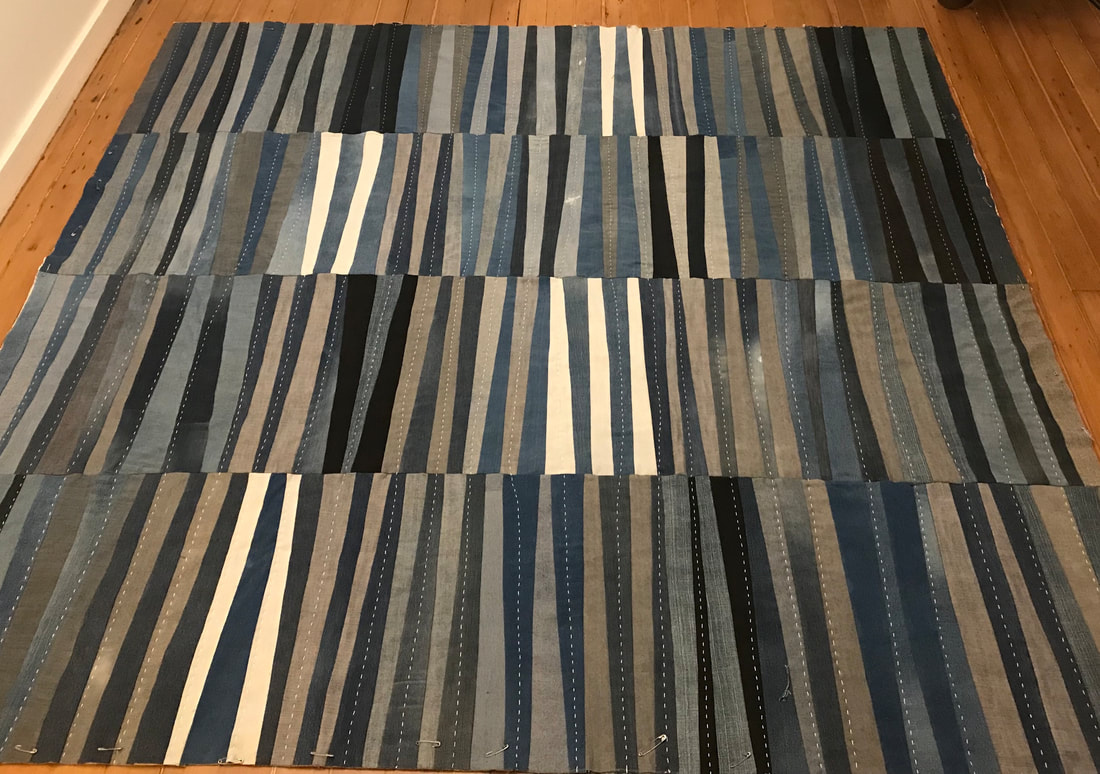
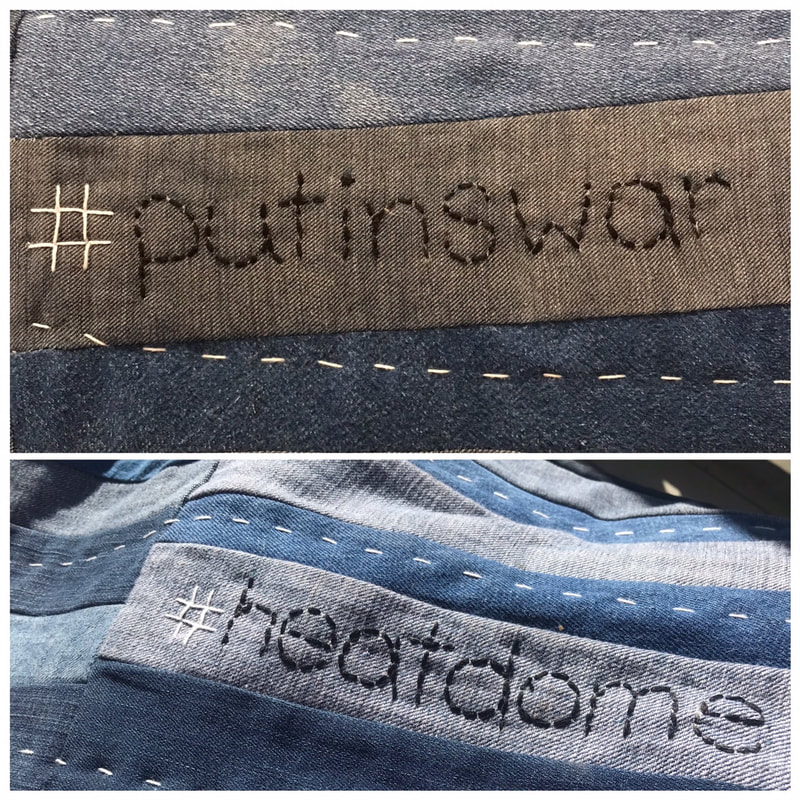
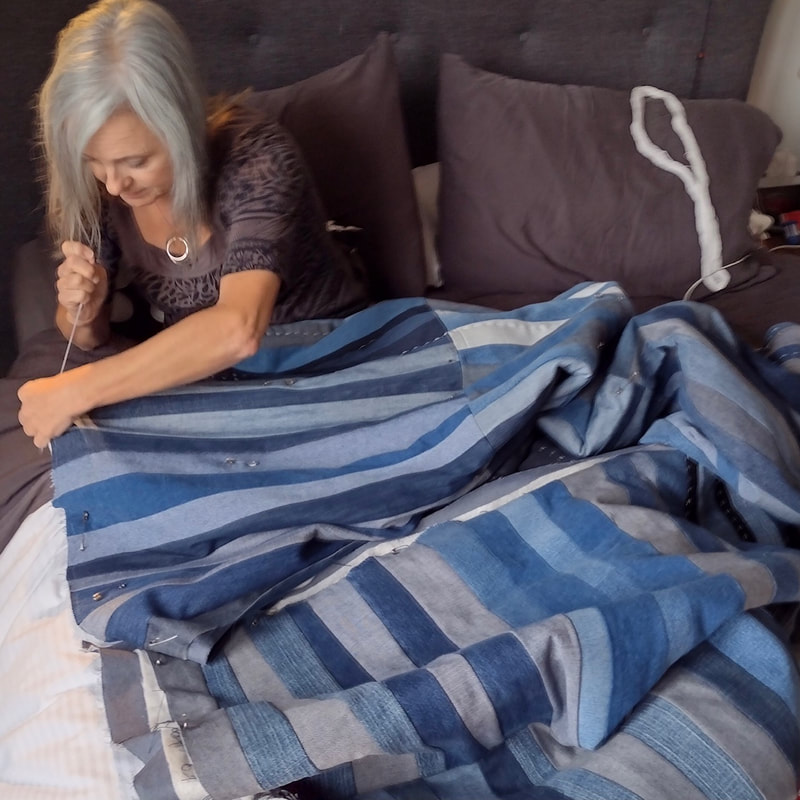
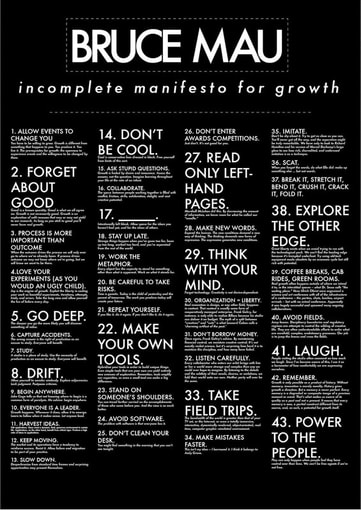
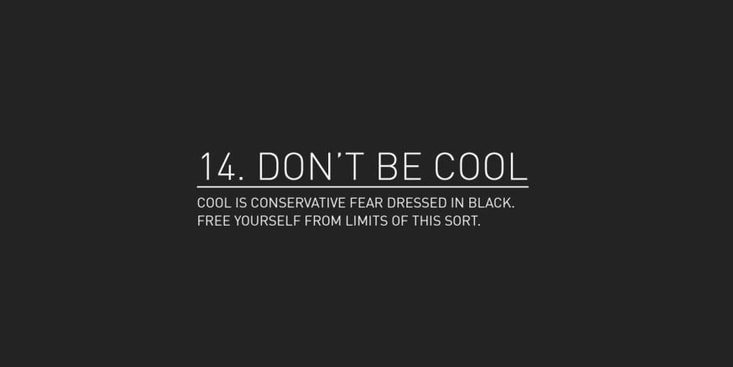
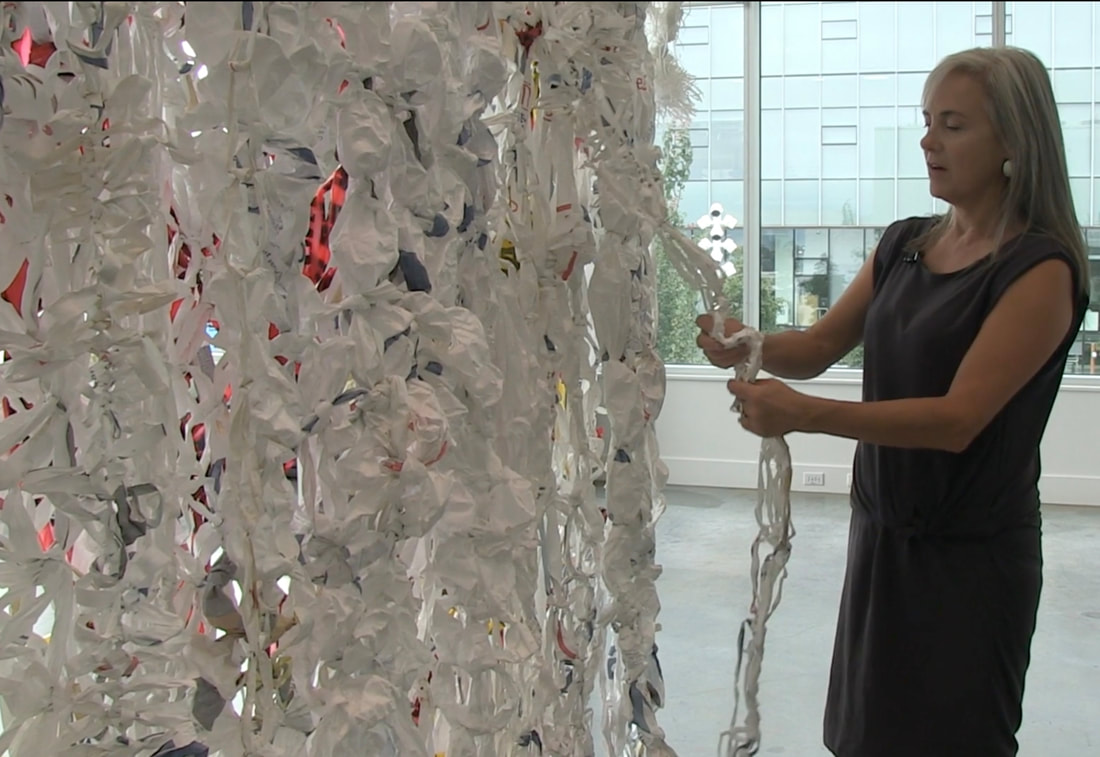
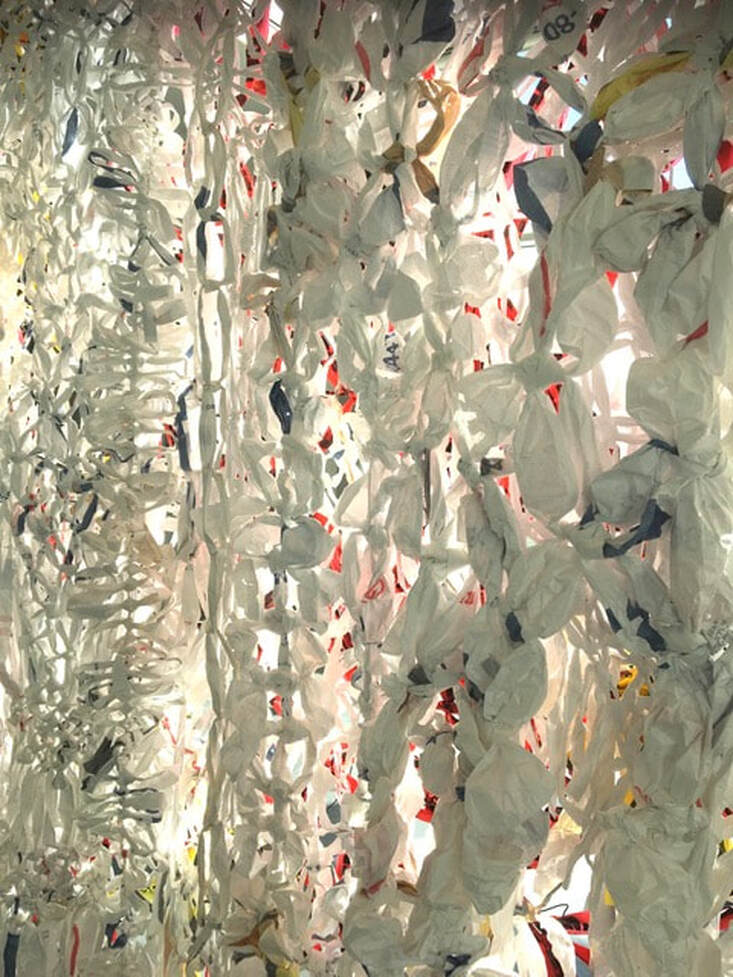
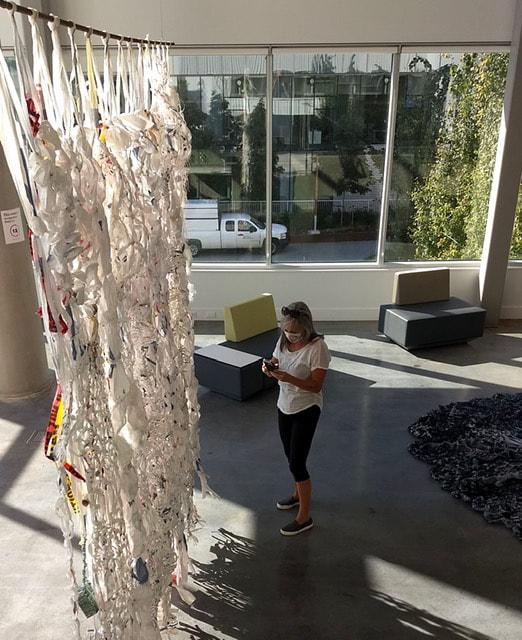
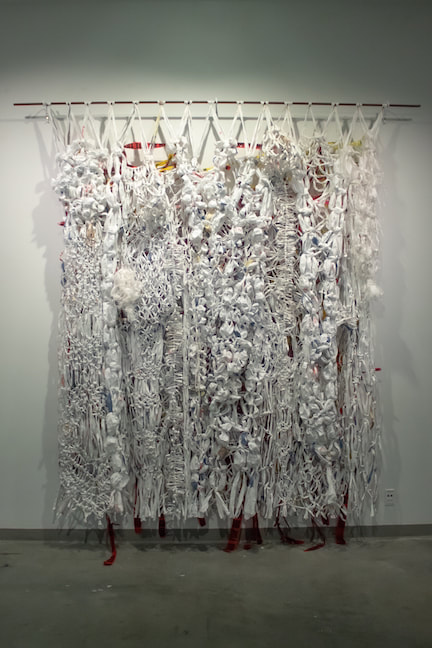
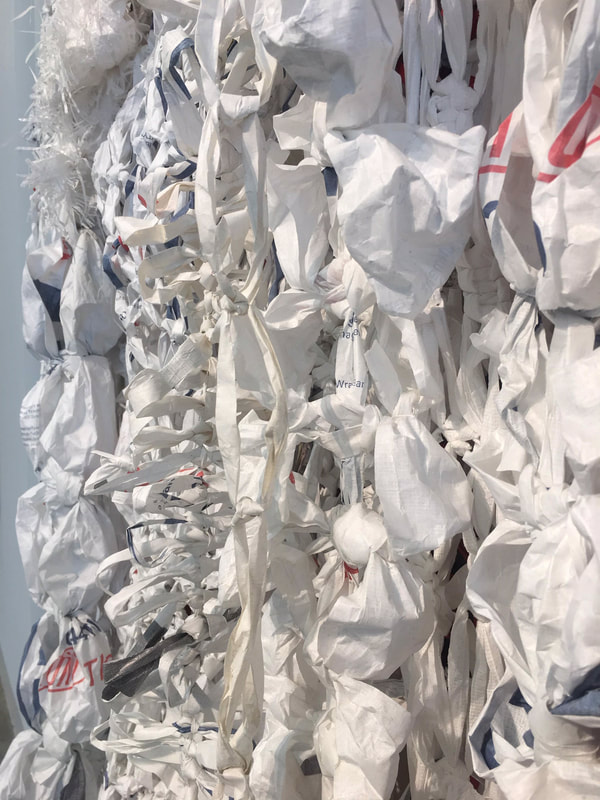
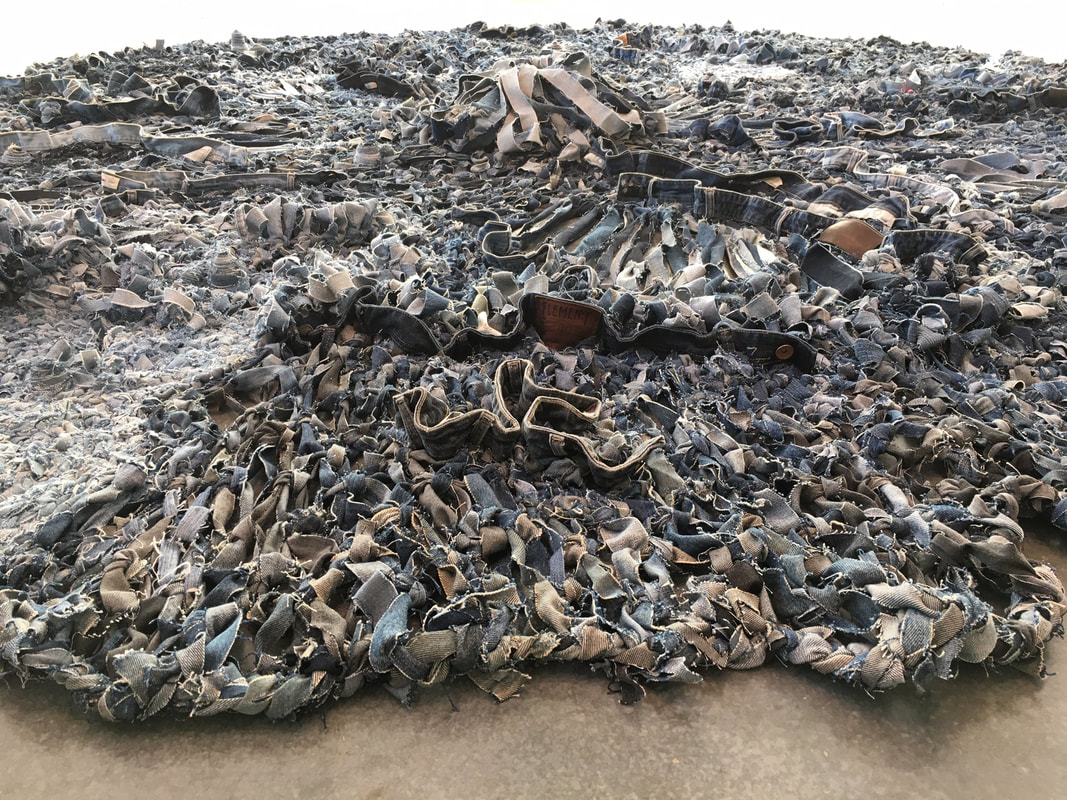
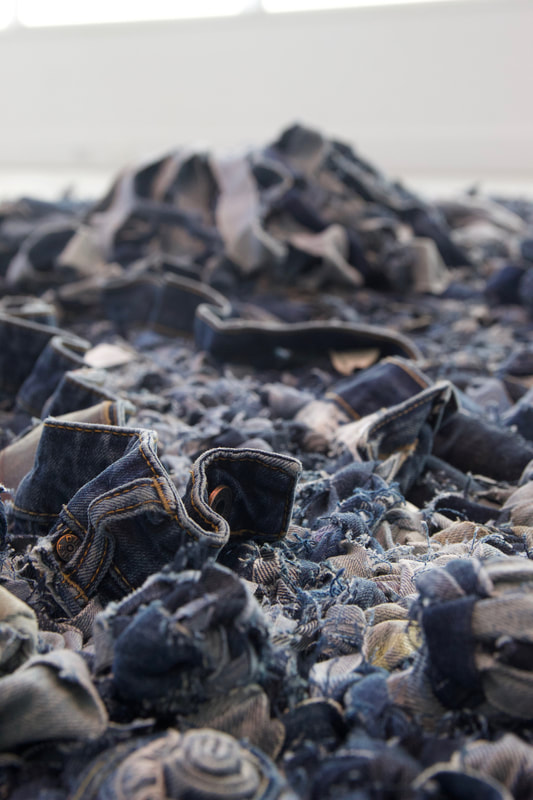
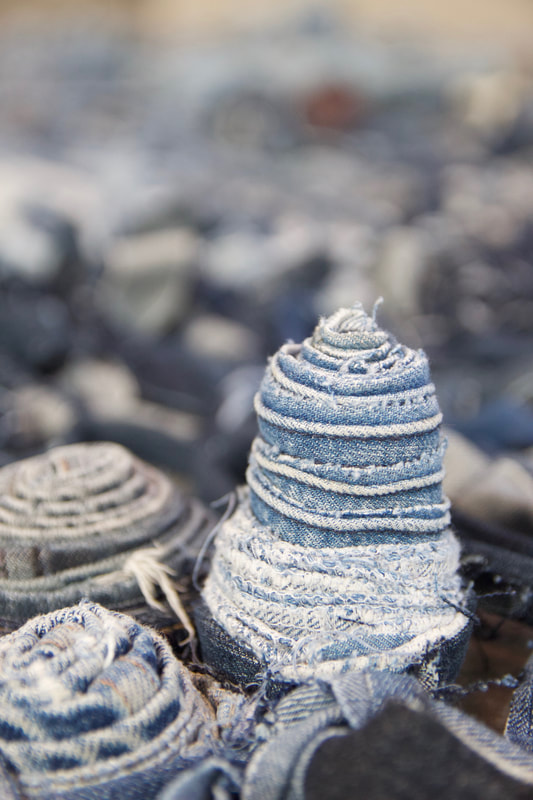
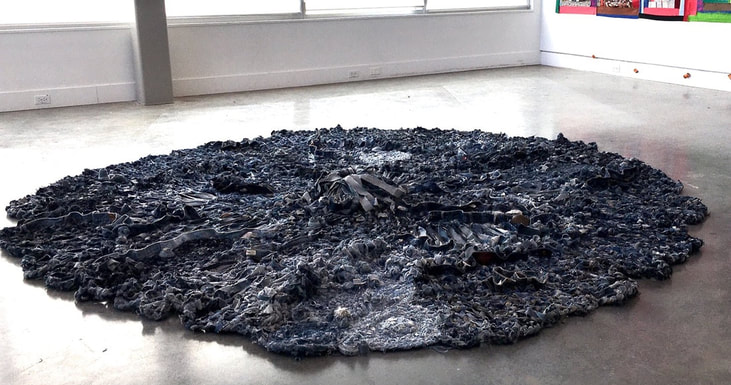
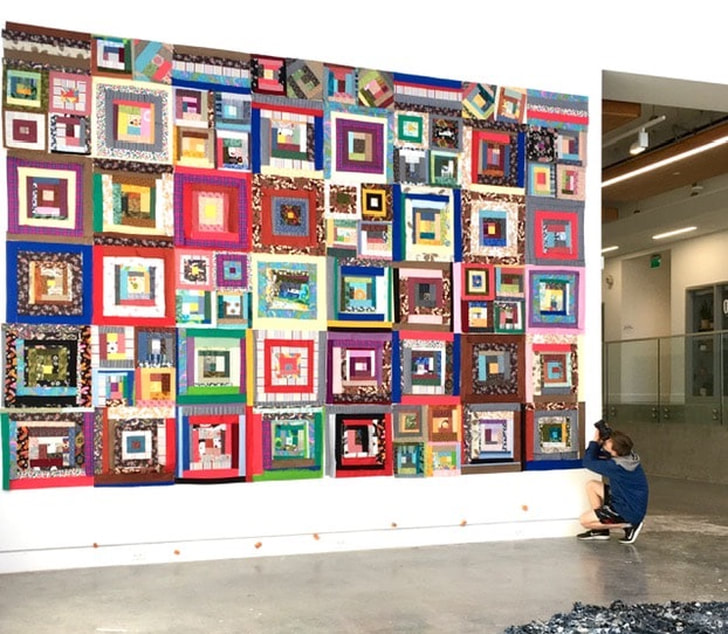
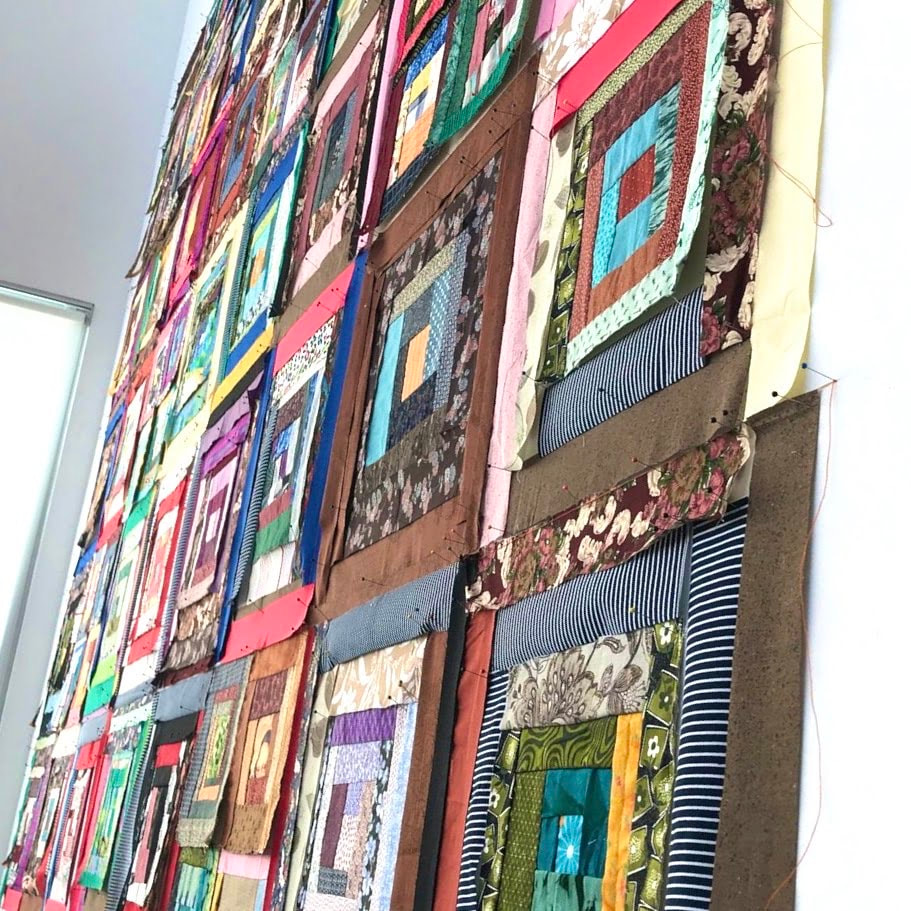
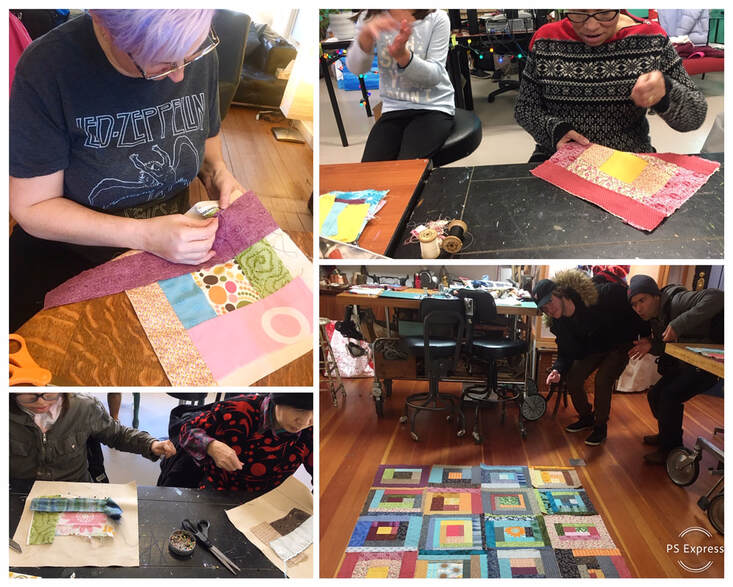
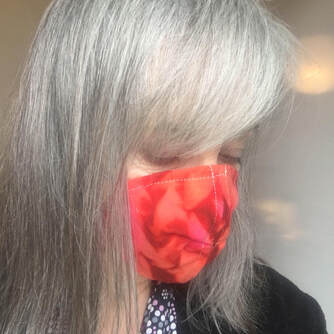
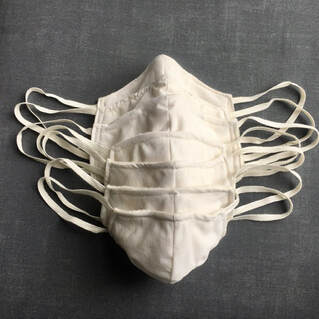
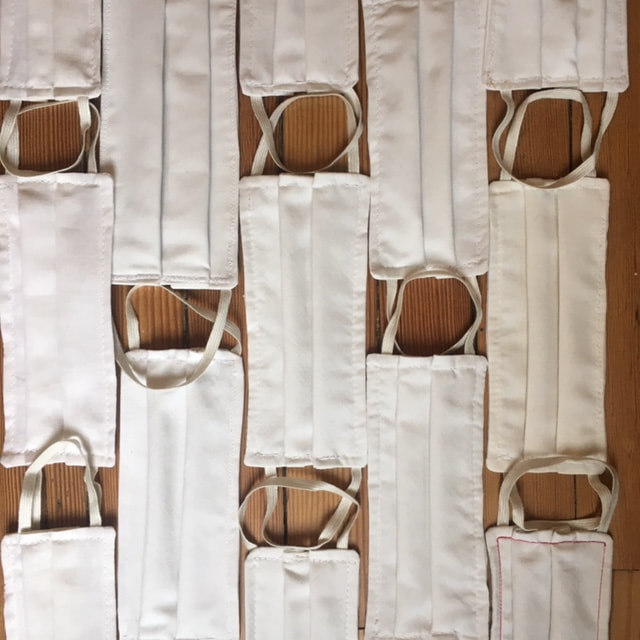
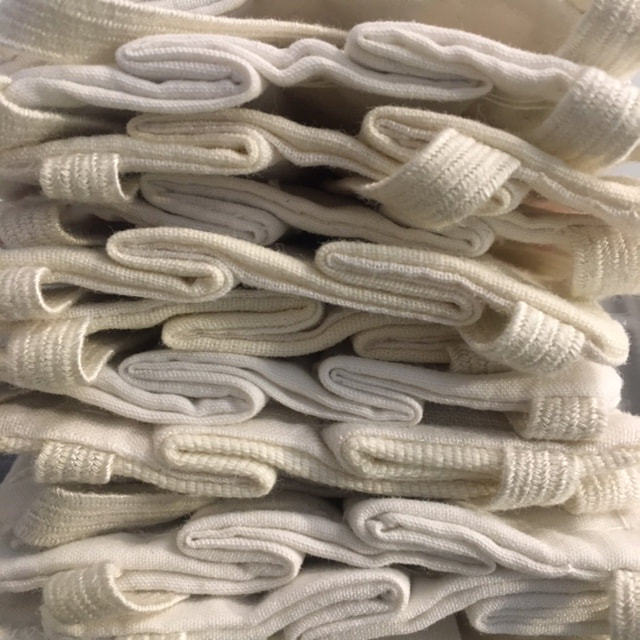
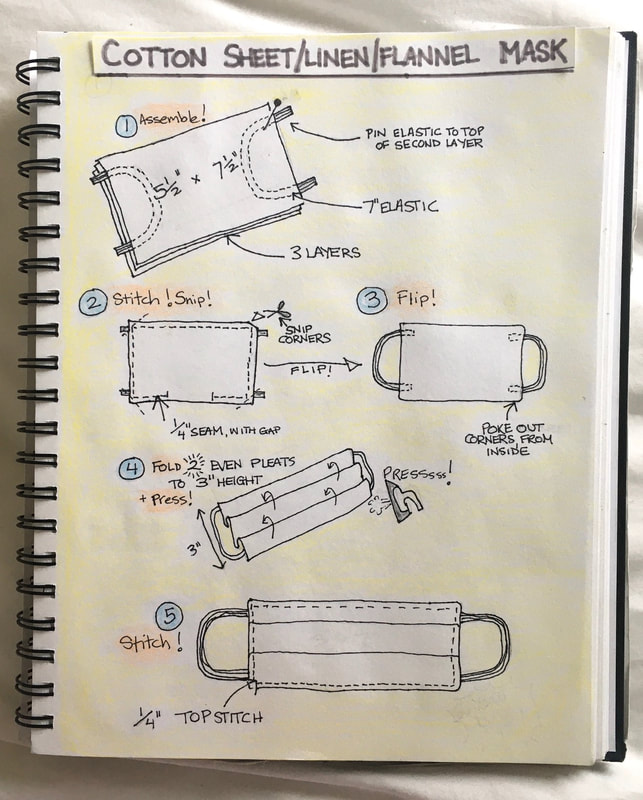
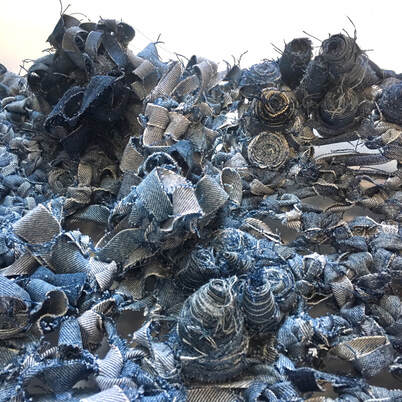
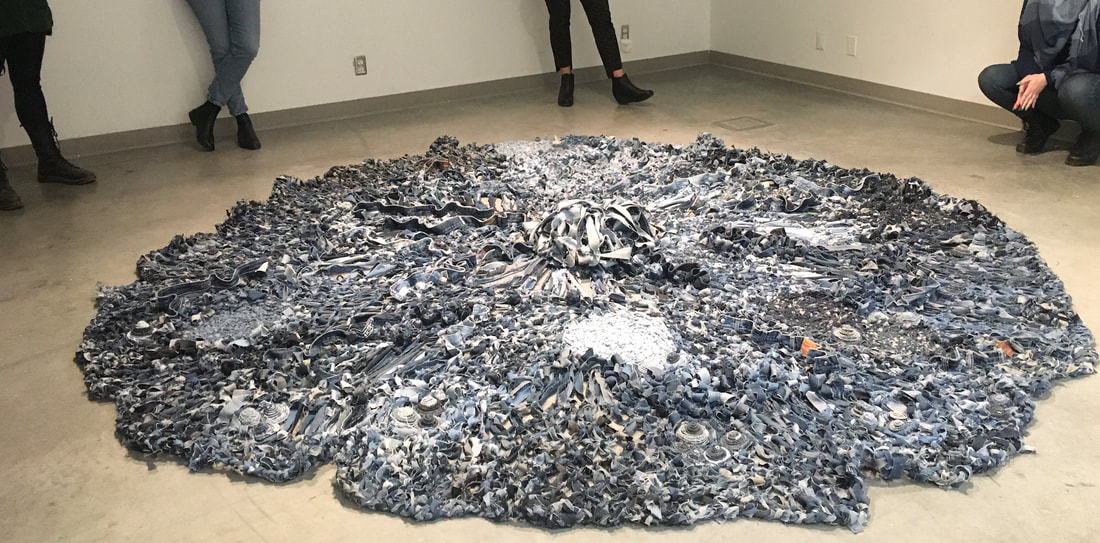
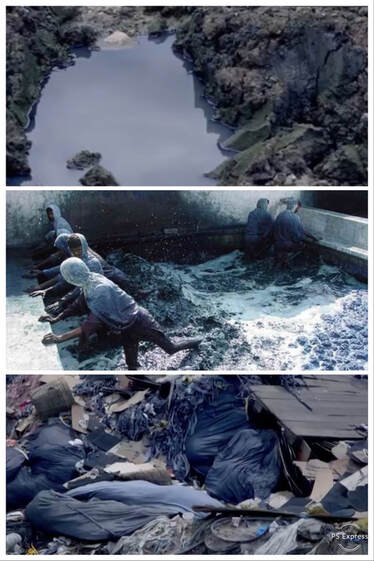
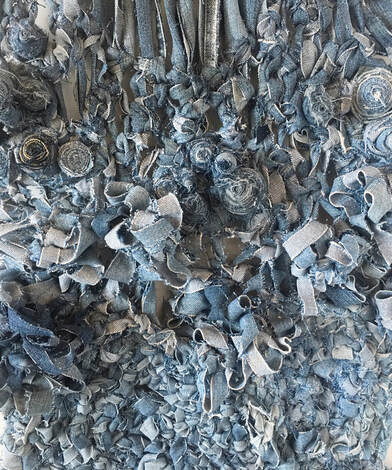
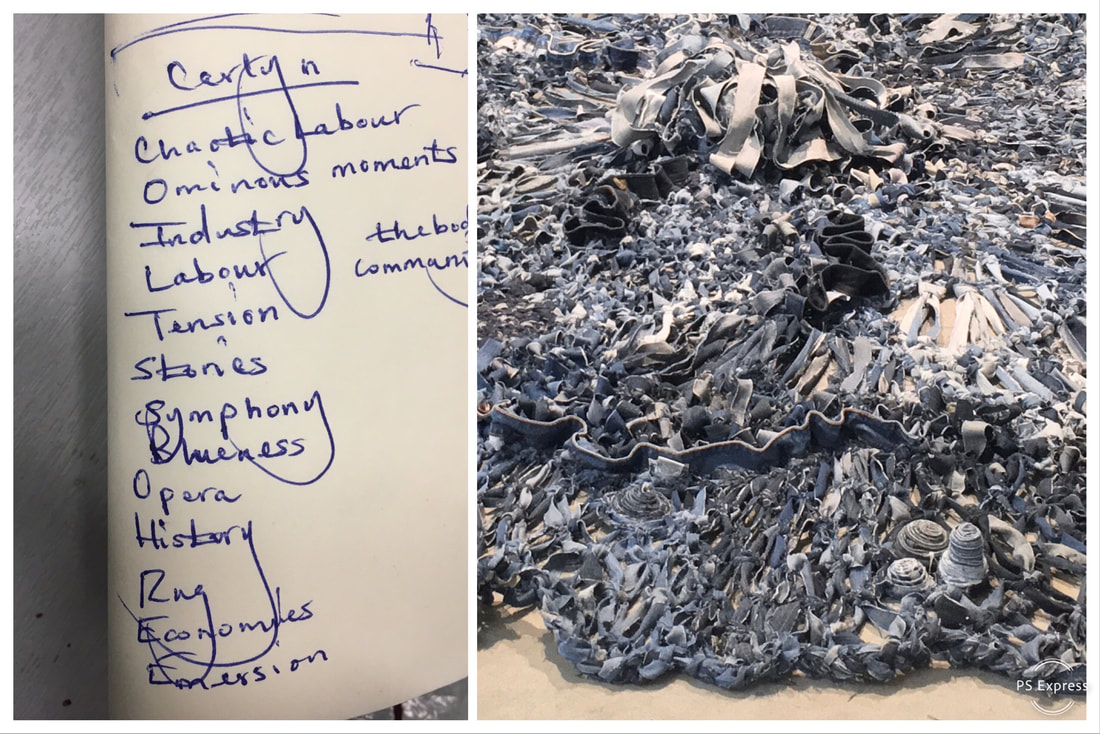
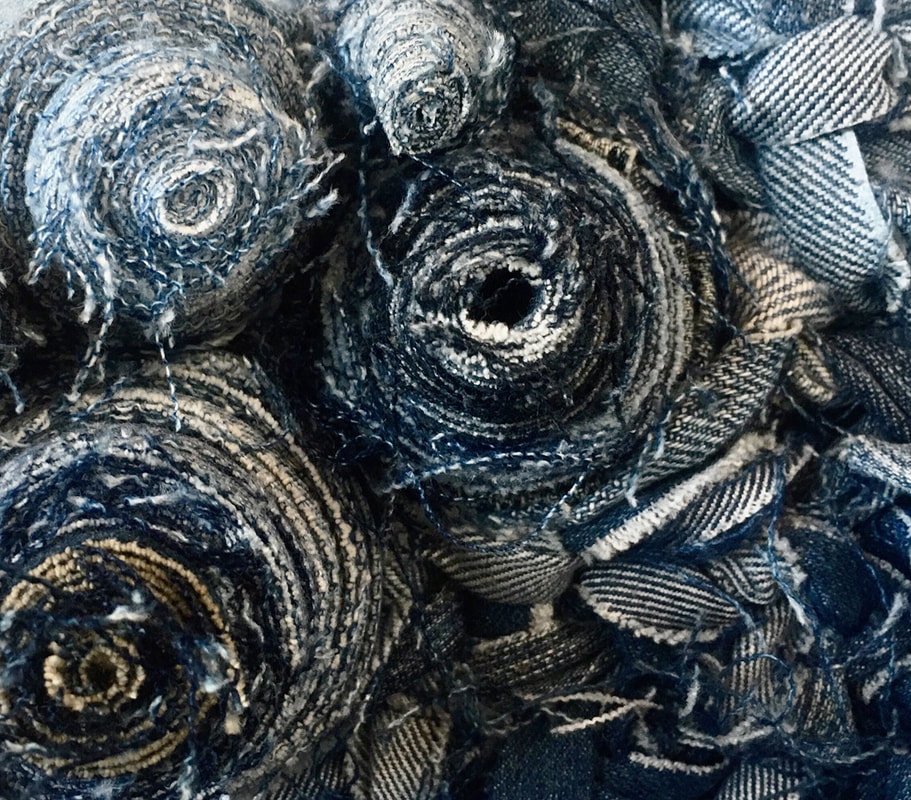
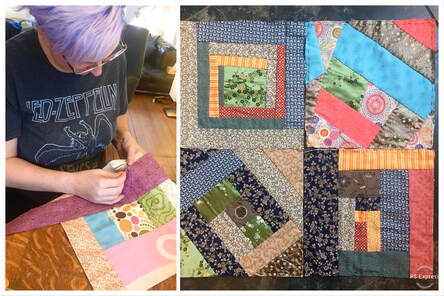
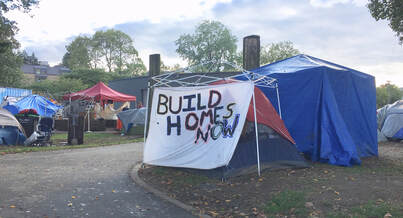
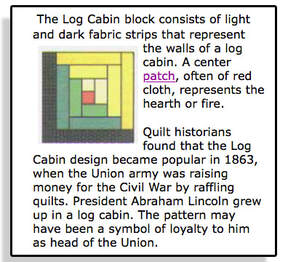
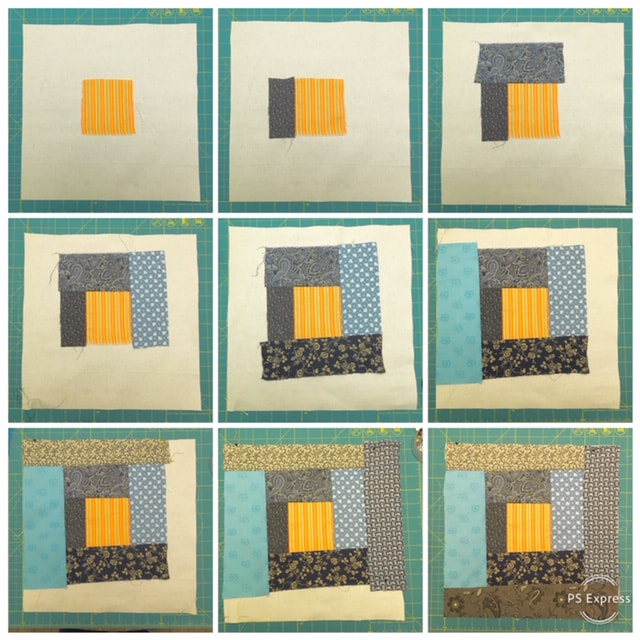
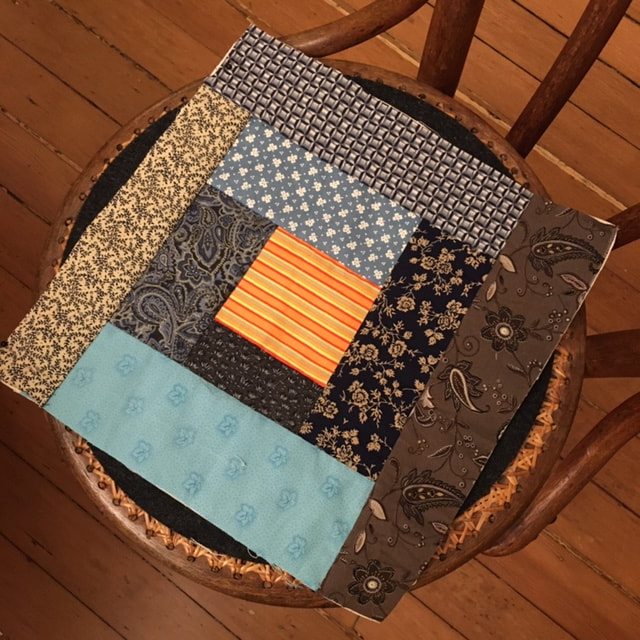
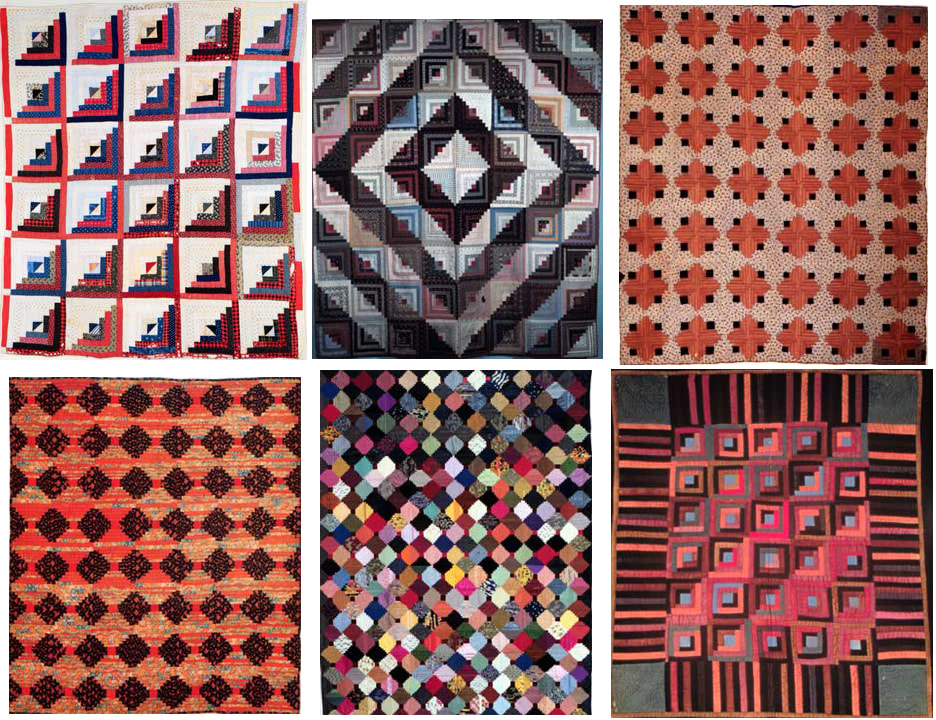
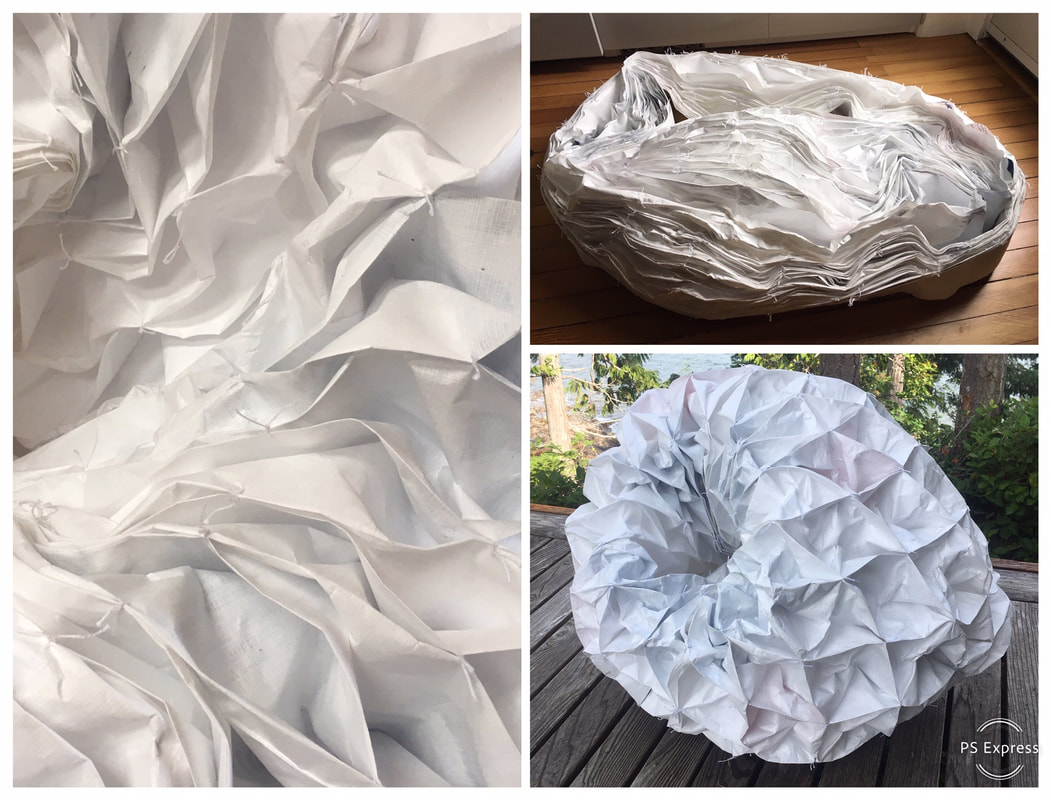
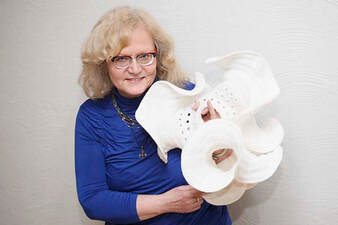

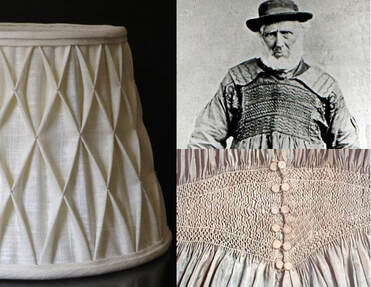
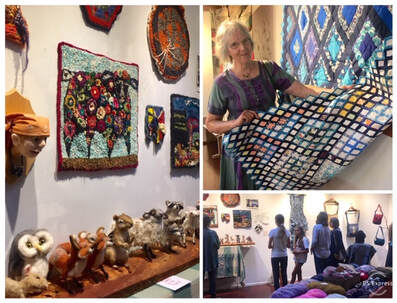
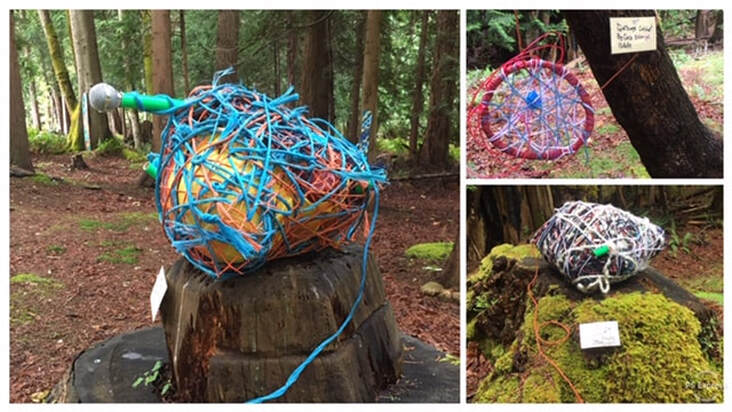
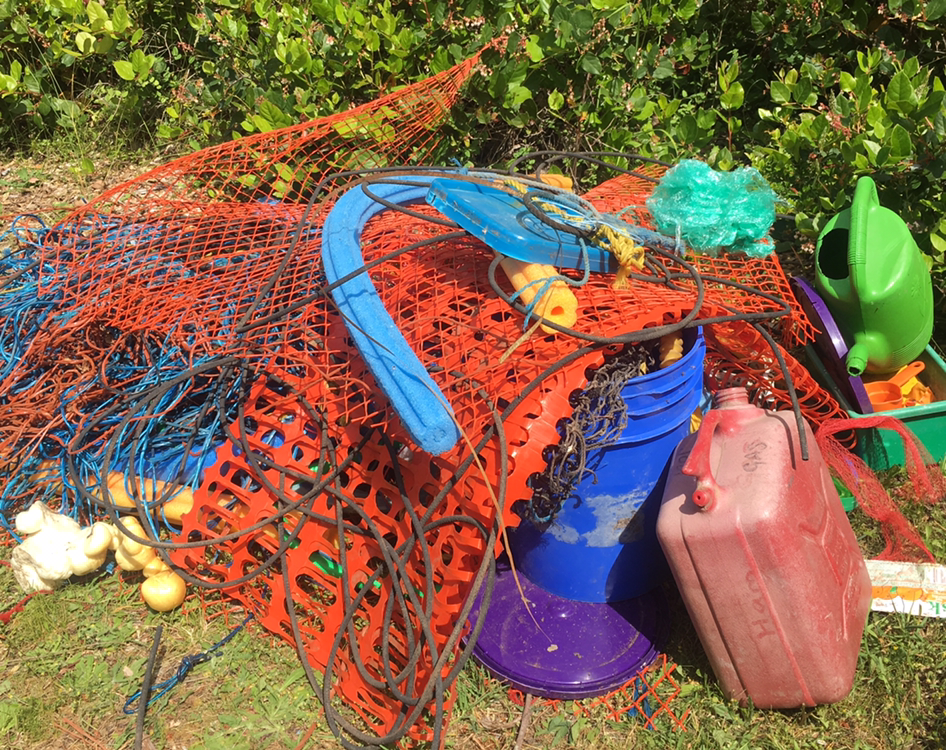
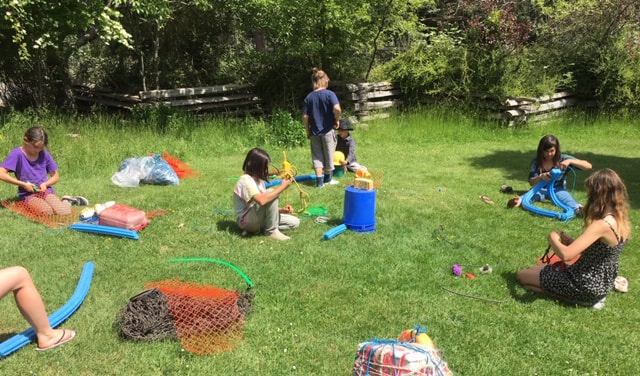
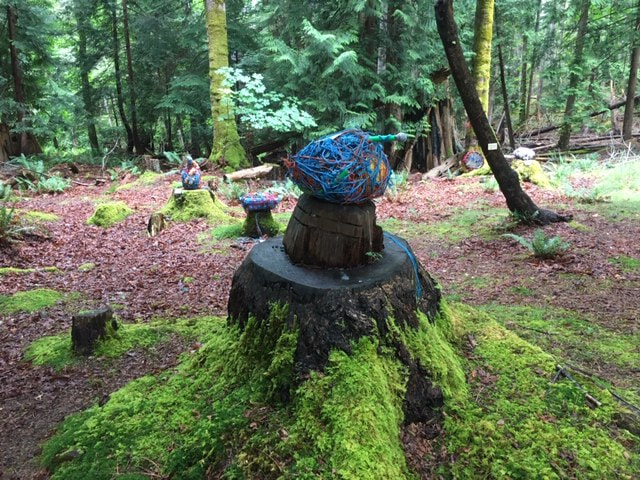
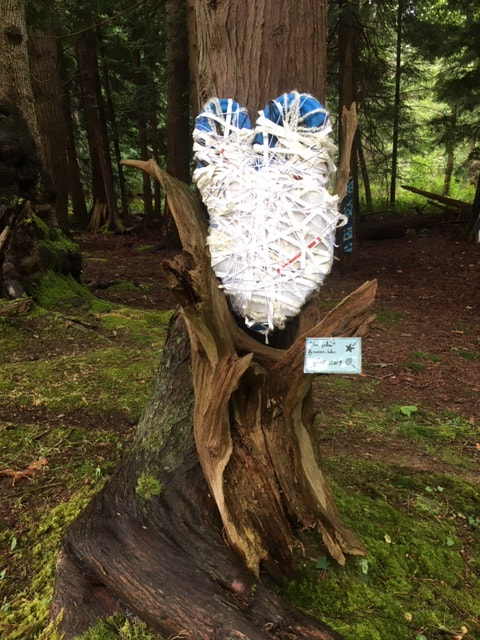
 RSS Feed
RSS Feed

